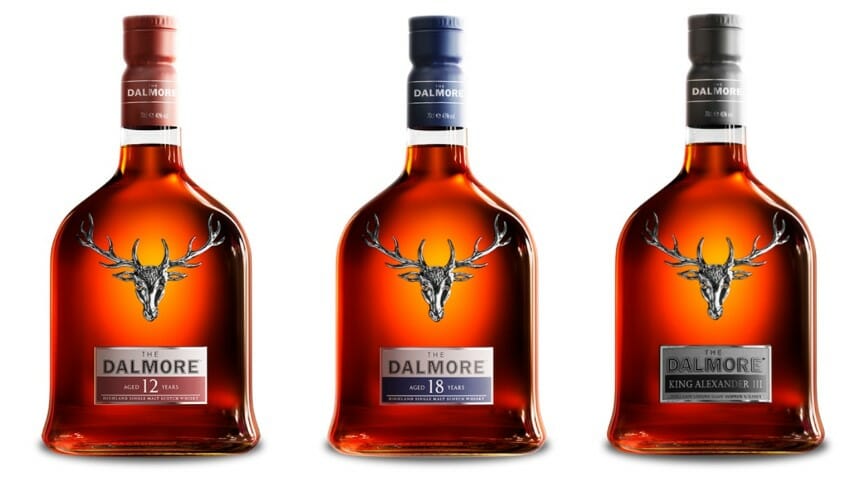
There’s no doubt that the best way to get a feel for a classic malt distillery’s house style is to taste a range of their core, flagship offerings. It’s a rare opportunity to tease out some of the differences between each expression in a distillery’s core lineup—the bottles on which they hang their reputation. Rather than comparing the memory of one dram to another, weeks or months apart, it allows the drinker to visit one and then immediately contrast it with its sibling, which is nearly always a valuable learning opportunity. It’s just the putting together of such a tasting that is often tricky.
Thankfully, there are perks to being a spirits writer, when it comes to setting up tastings. In the last few years, I’ve been consistently expanding my knowledge and tasting data of classic Scottish malt distilleries, falling in love along the way with the likes of GlenDronach, Oban, Arran and Glenfarclas. There was one prominent Highland name on my list, however, that I’d never sampled: The Dalmore. Figuring it was time to finally familiarize myself with this particular, sherry-rich lineup, I reached out to the distillery and ultimately ended up with samples of all 7 core Dalmore expressions.
From top to bottom, The Dalmore (est. 1839) is a Highland distillery influenced by sherry, although it should be noted that unlike some of the other Highland and Speyside sherry specialists, they don’t mature their malts exclusively in sherry barrels. Rather, the Dalmore house style is to begin the aging process in American white oak bourbon casks, before then transferring to exclusive sherry casks from Spain’s Gonzalez Byass, until such time as master distiller Richard Paterson deems them ready. Some of these Spanish Matusalem oloroso sherry casks have matured prized sherry for 30 years or more, giving The Dalmore a powerful hook in the form of proprietary casks that are quite unique. With that said, however, I ultimately found The Dalmore to be a lineup more defined by balance than by total, sherry-infused hedonism.
The Dalmore’s single malt expressions unfortunately tend to run toward the expensive in the U.S., with MSRPs starting at $60 and running well past $1,000. Here’s my thoughts on each, all the way from The Dalmore 12 to The Dalmore 25.
The Dalmore 12 YearPrice range: $60-65
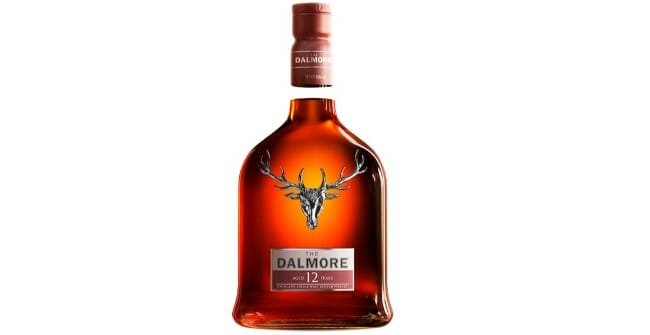
The Dalmore feels like a distillery built around premium, well-aged, sherry-influenced selections, rather than the kind of company that has in more recent years turned toward non-age-stated flagships, as has become more common in the scotch whisky industry. Their introductory malt, The Dalmore 12, still carries a fairly significant price tag, but it also can boast the specs to back it up. Initially matured in American ex-bourbon casks, the spirit is divided, with a portion being aged in Matusalem oloroso sherry casks before the 12-year spirit is blended back together. It’s bottled at the standard 40% ABV (80 proof) that serves as a baseline for most of the age-stated Dalmore expressions.
On the nose here, richness is immediately apparent, with strong notes of honeycomb, orange zest and floral honey, along with toasted bread and hints of raisin/dried fruit. The citrus profile becomes a running theme of many of these Dalmore expressions, although on the palate I find that it starts to transition in the direction of stone fruit, ‘ala apricot jam. Almond butter and butterscotch are highlights on the palate, with moderate residual sweetness and digestive biscuit-like maltiness, with a hint of cinnamon. Certainly, this is a very nicely composed 12-year single malt, and probably the best pure value in The Dalmore lineup, considering that many of the other bottles push well past $100. If you want to dip a toe into this style of sherry-aged Highland malt, this is clearly the place to do it, but it’s also not the most assertive malt in the group, which is to be expected.
The Dalmore Port Wood ReservePrice range: $90-100
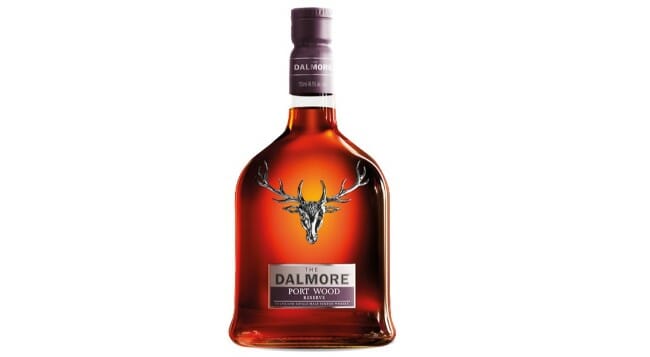
The Dalmore’s age-stated expressions hew to a certain archetype of classic, sherried Highland malt, while the NAS selections are a bit more on the free-wheeling side, differentiating themselves in their styles of finish, unique flavor profiles and variation in proof point. Perhaps unexpectedly, the second cheapest Dalmore expression, Port Wood Reserve, is also the strongest in the entire core lineup, at a still fairly modest 46.5% ABV (93 proof). As the name would suggest, this entry shifts its focus away from the typical sherry and onto secondary maturation in aged tawny port pipes, with the added punch of proof clearly meant to give it another distinguishing characteristic.
On the nose, this one is unsurprisingly a bit more on the fruity and vinous side, although I still get plenty of pure citrus as well, with an orange essential oil-like intensity that pairs nicely with biscuity, shortbread-like maltiness. On the palate there is shortbread and darker, plum-like stone fruit, along with sticky toffee pudding and a much richer, slightly syrupy note that evokes grade A maple syrup. This one is quite sweet, sticky and flavorful, rounder on the palate than the 12 year and considerably more decadent. There are some who would find it too sweet, almost certainly, and it occupies more of a dessert space, but this strikes me as the right kind of decadent. I’m actually surprised how much I enjoy this, in fact, given that I’m not always enthralled with port-finished whiskies.
The Dalmore 15 YearPrice range:$100-120
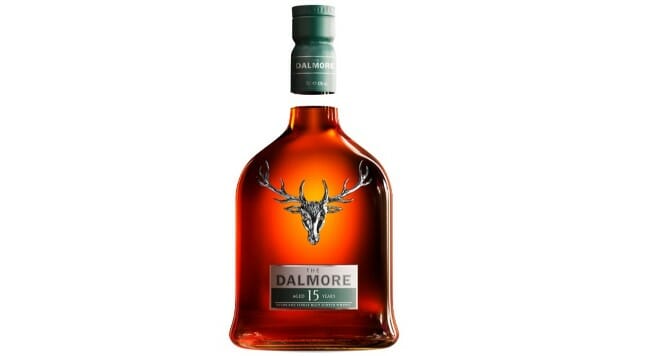
An evolved take on the process used in The Dalmore 12, the 15-year expression is aged for 12 years in American bourbon casks before being split between three different styles of sherry woods: Amoroso, Apostles and Matusalem, for the rest of its maturation. The three threads are then merged together once again, creating The Dalmore 15. The distillery refers to this bottle as “the epitome of our house style,” suggesting perhaps that this expression is what they see as their true flagship, as it were. Like the 12 year, this is only 40% ABV (80 proof).
On the nose, my first impression is sweet vanilla and orange cream, with secondary honeycomb and biscuit. There’s also a red fruity presence my nose is registering as faint strawberry, which I wasn’t getting before in the 12. On the palate, cocoa makes a first appearance, although it is fairly subtle, with a smooth, roasted nuttiness taking the foreground. This is fairly sweet, and feels rather bigger than the 80 proof, with evolving notes of black cherry and burnt sugar. All in all, this one strikes me as a balanced synthesis of sweet, fruity and toasty, which likewise calls attention to what this brand is not—noticeably peaty, earthy or oaky. The Dalmore’s lineup leans toward fruitiness and richness throughout, so drinkers should be aware that’s what they’ll be experiencing, rather than the brine and smoke of Islay.
The Dalmore Cigar MaltPrice range: $140-160

All I can say on this one is “woah.” An NAS release intended to appeal to cigar aficionados as a perfect dram for pairing, this is undoubtedly the curveball of The Dalmore lineup, although its process isn’t really all that different. This release is initially matured in bourbon casks, like the others, before spending time in Matusalem oloroso sherry, but then finishing in Cru Cabernet Sauvignon wine barriques. It’s bottled at a somewhat more substantial 44% ABV (88 proof).
On the nose and palate, however, this one is quite distinctive from the rest. Initially, the nose totally threw me for a loop—it was hitting me as funky, more earthy and almost musty/moldy in a way that I wasn’t particularly enjoying. After some time in the glass, however it was as if my brain reorganized itself, suddenly recognizing these flavors as more barrel char-forward, revealing a nose that is heavily influenced by dark chocolate and coffee in particular. Deeply nutty and cocoa-laden on the palate, Cigar Malt proved to be one of the most “mocha”-forward malts I have ever tasted, supported by blackberry fruitiness and rich toffee. I don’t know if it was aeration/time in the glass that unlocked this change, or if I simply approached this one incorrectly on the first pass, but with every sip I find myself falling more in love with this mocha profile. Cigar or no cigar, this one is wonderfully distinctive.
The Dalmore 18 YearPrice range: $200-230
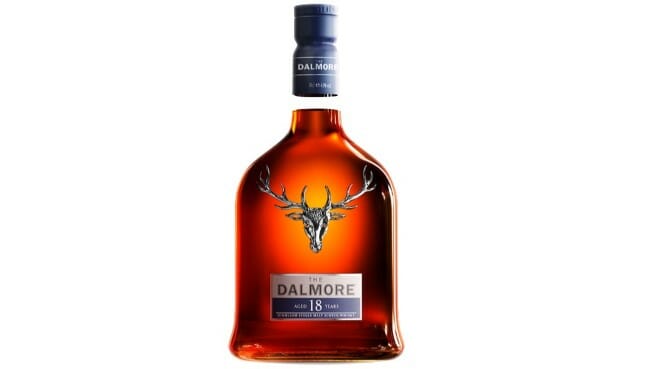
This may be the pinnacle of the age-stated Dalmore releases, as far as I’m concerned—a glorious synergy between the initial 14 years of bourbon barrel aging, and then 4 additional years in Matusalem oloroso sherry casks. Bottled at a slightly stronger 43% ABV (86 proof) than the 12 or 15-year expressions, The Dalmore 18 is a memorable affair.
This one is quite dark fruity on the nose, with lots of plumminess, chased by orange, vanilla and cinnamon. You certainly aren’t missing the sherried nature on the nose here, but it transitions on the palate into deep toffee, with some of the same cocoa/coffee character found in The Cigar Malt, albeit sweeter and richer, rather than the somewhat sharper roastiness of the previous dram. This one is like coffee cream, quite rich and decadent, but with a lingering and slightly hot cinnamon spice that gives it a bit of a kick. Viscous and oily on the palate, this feels texturally like something that would be expensive. All in all, it’s an entrancing dram, and it might be my favorite in this lineup overall for its balance of richness and spice.
The Dalmore King Alexander IIIPrice range: $260-280
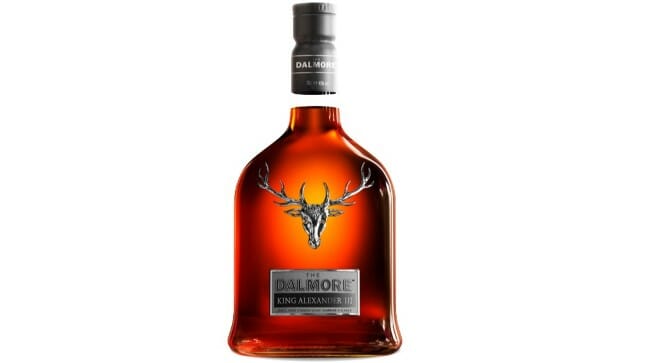
King Alexander III is the distillery’s big, premium “throw all of our barrels together into one product” release, and it features no fewer than six barrel types: ex-bourbon, Matusalem oloroso sherry, madeira, marsala, port and cabernet sauvignon. They’re clearly going for maximum complexity, but also approachability seems to be a concern, as the proof is back to 40% ABV (80 proof). There’s no doubt that I would be very interested in tasting this closer to 90 proof or beyond.
On the nose I get more plum, but also biscuity malt and lots of roasted nuts. This is a particular nutty and toasty dram, with vinous qualities as well. It’s noticeably lighter bodied than the extra-viscous Dalmore 18, but features some lovely dark fruit and sherry flavors, with tons of almond paste/marzipan in particular. A more delicate dram overall, the ethanol is very muted here, and I get a sense that this is probably pitched toward drinkers who don’t love overproof scotch as a decadent after-dinner dram. The notes of orange, vanilla, red fruit and salted caramel are quite pleasant, but tasting this, I’m missing the more punchy profile of the Dalmore 18.
The Dalmore 25 YearPrice: $1,000-1,200
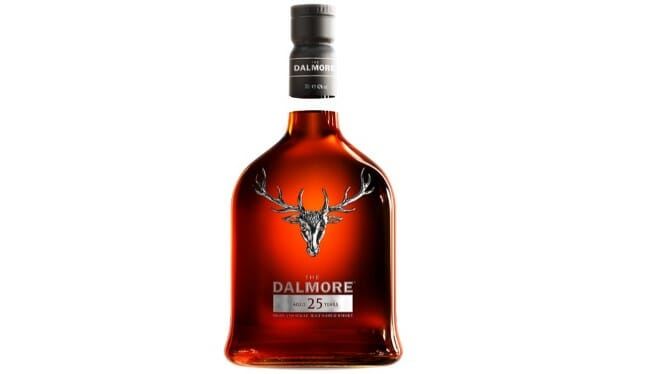
Aged in a combination of American white oak ex-bourbon casks, Matusalem oloroso sherry and tawny port pipes, this outlandishly priced premium product can be found for around $1,000 in the U.S. … if you’re lucky. Suffice to say, you’re going to pay a premium for that kind of age statement, making The Dalmore 25 something you’re not terribly likely to come across in the wild.
The nose here is redolent in very, very dark fruitiness—a concentrated blackberry/boysenberry/fig character, melding with molasses and noticeably more oakiness. This hasn’t been a very oak-forward range of whiskies, at least to my perception, but at this point all that time in the wood is finally starting to make itself more dominant. The fruitiness carries over onto the palate, with syrupy dark berry notes that pair with maple and spicy gingerbread, along with hints of cocoa. Here too, there’s definitely more oak on the front of the palate, making it perhaps a little bit drier than the last few expressions, but still quite rich overall. In general, this one reflects more of the port quality, as was clearly intended, being a showcase for dark fruity flavors.
As for “value,” I don’t know how you could ever even attempt to calculate such a thing with this kind of MSRP. All I can say is that this is a very decadent and memorable dram, although my personal favorite of the lineup remains The Dalmore 18. Regardless, I have clearly found a new distillery to obsess over here—The Dalmore hits the sweet spot of fruit and richness that I often hunt for in Scottish single malt whiskies. There are few “after dinner” drams that are more satisfying than the core expressions of this lineup.
Jim Vorel is a Paste staff writer and resident brown liquor geek. You can follow him on Twitter for more drink writing.